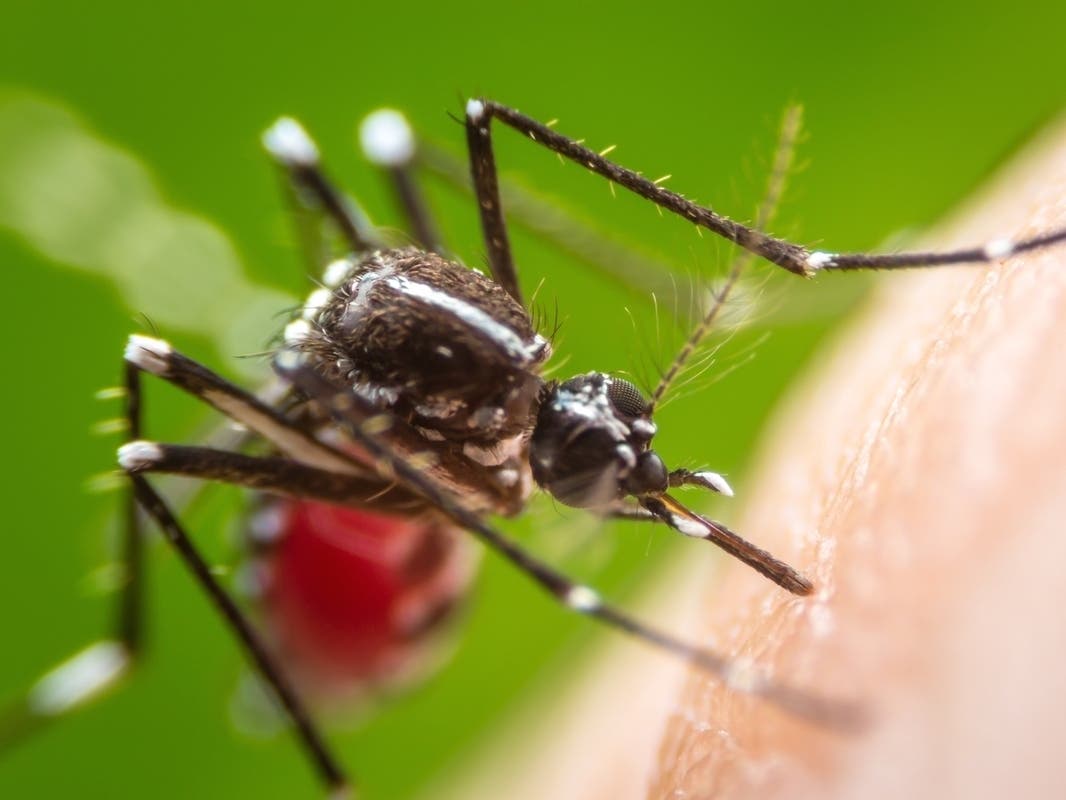ORANGE COUNTY, CA — As California marked its sixth human West Nile Virus death of the season Friday and an invasive South American mosquito known for spreading diseases like Dengue, yellow fever and Zika invades Northern California, authorities are releasing a secret weapon against the little bloodsuckers: even more mosquitoes.
Sterile male mosquitos are being released in droves across several California communities, but worry not — these ones don’t bite, officials said. The mosquito-reducing method aims to control the population of Aedes aegypti — commonly known as “ankle biters” — and reduce the risk of disease transmission.
Ankle biters carry several diseases endemic in tropical regions. Over the last several years, they have become established in Southern California, where the Golden State experienced the first two human cases of locally transmitted Dengue Fever. Those cases were recorded in Los Angeles and San Diego counties.
Find out what’s happening in Orange Countyfor free with the latest updates from Patch.
This week, officials confirmed new findings of ankle biters in the Bay Area, namely Dublin, according to Alameda County Mosquito Abatement District. They’ve also been confirmed in Pleasanton, Contra Costa, Santa Clara, and Santa Cruz counties.
With the more aggressive ankle-biters spreading across the state, vector control officials are trying aggressive methods to contain them.
Find out what’s happening in Orange Countyfor free with the latest updates from Patch.
The Sterile Insect Technique, climbed to notoriety for its success in whittling down harmful populations of agriculturally-devastating bugs — including the Mediterranean Fruit Fly, Orange County Vector Control Spokesman Brian Bannon told Patch.
According to Bannon, the process rears male mosquitos and exposes them to x-rays to sterilize them before releasing them into the project area.
Batches of the irradiated male mosquitoes are released to mate with as many females as possible, so they can’t lay fertilized eggs, reducing the mosquito population over time.
The method is now being tried in Orange, Los Angeles and parts of Riverside counties.
“It’s just another tool that we can use. We do everything we can to protect the people of Orange County from the diseases that mosquitos spread,” Bannon said. “This technique has been highly effective for the Mediterranean fruit fly and has been used for decades.”
From May through October of 2024, hundreds of thousands of male Aedes aegypti mosquitoes were released weekly in two 50-acre intervention areas, averaging 30,000 per week across both neighborhoods.
According to the Greater Los Angeles County Vector Control District, the intervention areas saw a decrease of nearly 82 percent in wild adult mosquitoes compared to the control area. Egg hatch rates also dropped.
Greater Los Angeles County Vector Control District General Manager Susanne Kluh told Patch that the program is increasing in popularity across the region in response to growing mosquito populations and mosquito-borne diseases, such as West Nile and Dengue.
Kluh said that the rise of Dengue, in particular, is troubling. Since the first case in 2024, Los Angeles County has seen a total of 14 locally acquired Dengue cases.
“[Dengue] is going to be a problem, we’ve never seen that before. We want to combat the biting, but we’re mostly concerned about the disease risk,” Kluh told Patch. “It’s very difficult to control these mosquitos who can breed in something as little as a bottle cap.”
Kluh said that while the SIT program has been seeing success in Los Angeles County, the success is limited to where sterilized male mosquitoes are currently being reared: in the San Fernando Valley, within the Sunland and Tujunga communities.
“We’ve been releasing for the last two summers, and we’ve seen good results,” Kluh said. “Our trap counts show that [the program] is working, but we want to see how residents perceive it.”
Kluh said residents in the program’s immediate vicinity were recently given a survey to provide feedback, though the results were yet to be available.
For Los Angeles County, Kluh said the biggest obstacle by far is something relatively straightforward: money.
“Bringing these males everywhere is going to be a huge undertaking,” she said. “We’ve been looking in to see if homeowners, property taxpayers and business owners would be willing to entertain an additional assessment to fund this program across the county.”
The assessment, if approved by homeowners, would usher in small and gradual increases to the community’s vector control tax. Kluh said expanding the program wouldn’t cost taxpayers more than $5 every year.
“This $5 would buy us out outdoor spaces back,” Kluh said. “Mosquitoes have never been so bad.”
Get more local news delivered straight to your inbox. Sign up for free Patch newsletters and alerts.

